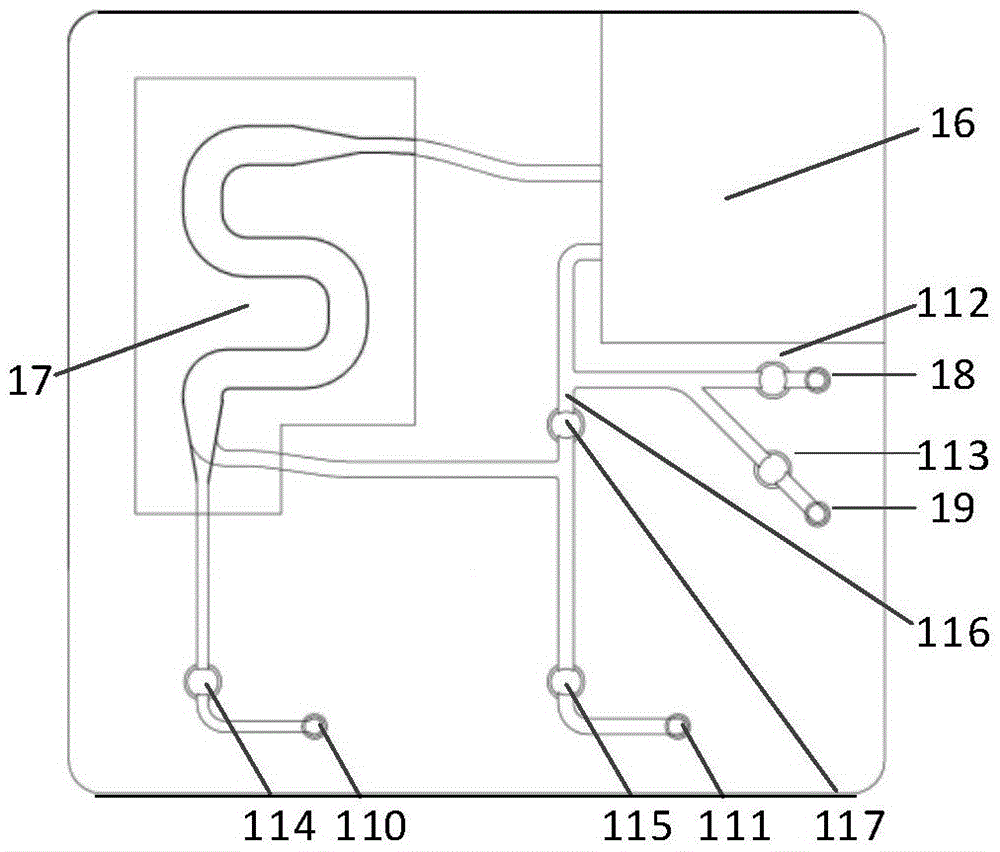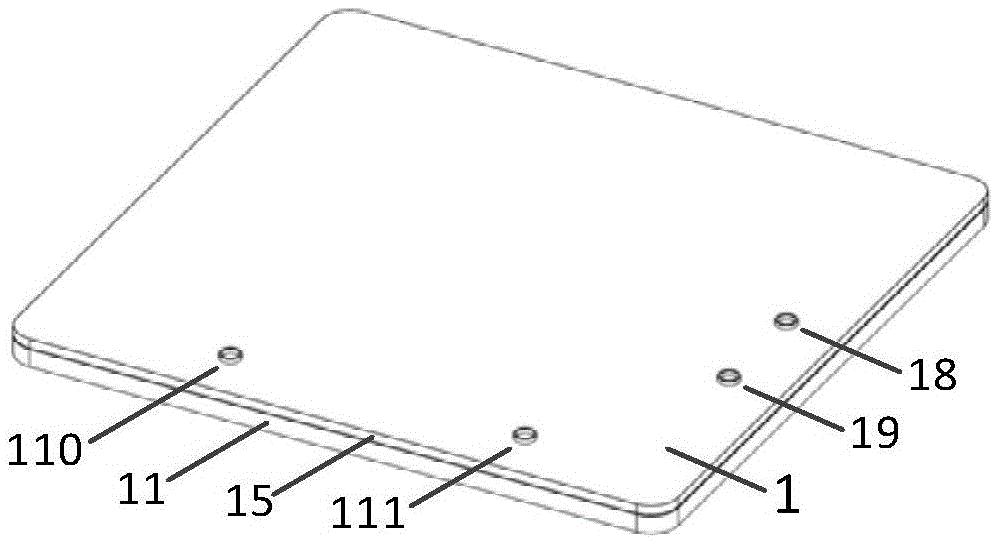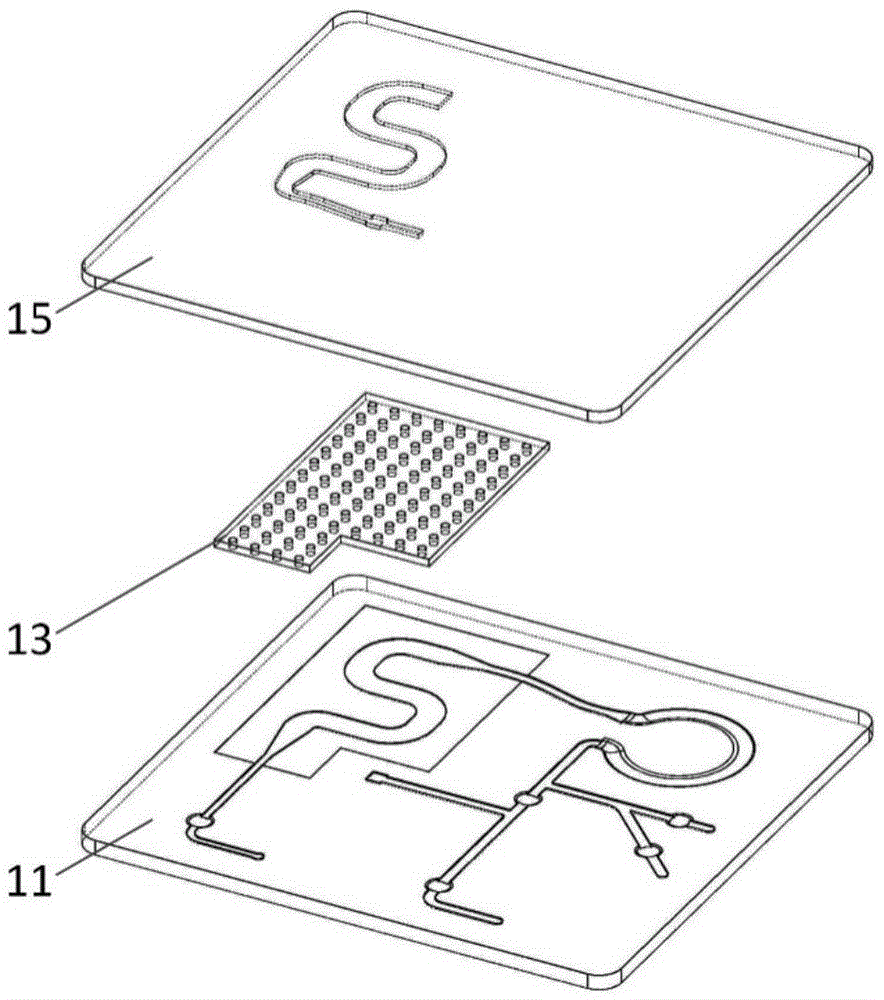Microfluidic chip, hemocyte separation method and system, and preparation method of system
A microfluidic chip and chip technology, which is applied in the field of blood cell separation, can solve the problems of low separation efficiency, miniaturization and insufficient lightweight, and achieve the effects of reducing clogging, realizing light weight, and realizing miniaturization.
- Summary
- Abstract
- Description
- Claims
- Application Information
AI Technical Summary
Problems solved by technology
Method used
Image
Examples
Embodiment Construction
[0050] In order to make the purpose, technical solutions and advantages of the embodiments of the present invention clearer, the technical solutions in the embodiments of the present invention will be clearly described below in conjunction with the accompanying drawings in the embodiments of the present invention. Obviously, the described embodiments are the Some, but not all, embodiments are invented. Based on the embodiments of the present invention, all other embodiments obtained by persons of ordinary skill in the art without making creative efforts belong to the protection scope of the present invention.
[0051] Such as Figure 1 to Figure 3 As shown, the present embodiment discloses a microfluidic chip, the chip is composed of a microporous membrane layer 13, a substrate layer 11 (the material is a non-magnetic, transparent material) containing a main channel structure, and a layer containing an upper flow channel. composed of a flexible polymer layer 15 with channel s...
PUM
 Login to View More
Login to View More Abstract
Description
Claims
Application Information
 Login to View More
Login to View More - R&D
- Intellectual Property
- Life Sciences
- Materials
- Tech Scout
- Unparalleled Data Quality
- Higher Quality Content
- 60% Fewer Hallucinations
Browse by: Latest US Patents, China's latest patents, Technical Efficacy Thesaurus, Application Domain, Technology Topic, Popular Technical Reports.
© 2025 PatSnap. All rights reserved.Legal|Privacy policy|Modern Slavery Act Transparency Statement|Sitemap|About US| Contact US: help@patsnap.com



